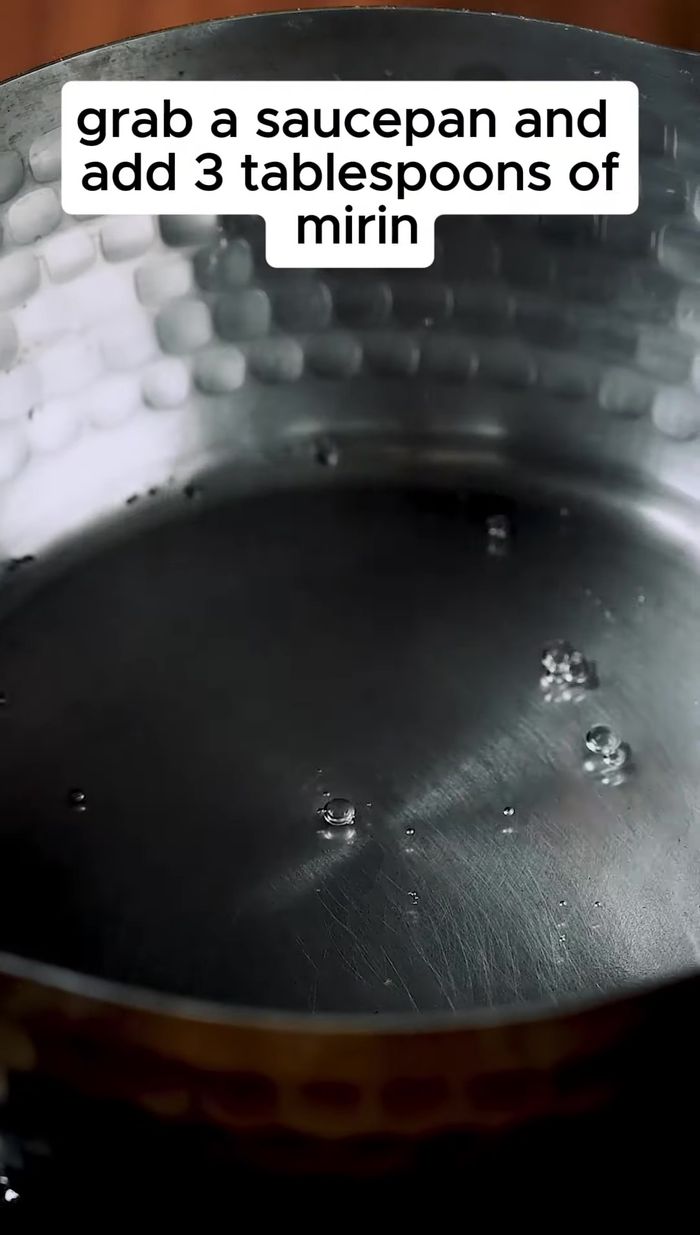Sukiyaki, a quintessential Japanese hot pot, is a culinary experience that transcends a simple meal; it's a social gathering, a celebration of flavors, and a testament to Japanese culinary artistry. This savory stew, simmering gently in a communal pot, brings together tender slices of beef, crisp vegetables, and a rich, umami-laden broth. The interplay of sweet and savory, the delicate balance of textures, and the interactive nature of the cooking process make sukiyaki a truly unforgettable dining experience. Its popularity extends beyond Japan's borders, captivating palates worldwide with its unique charm.
Unlike many one-pot wonders, sukiyaki boasts a surprising depth of flavor achieved through a carefully orchestrated layering of ingredients and a precise cooking technique. Whether you're a seasoned chef or a kitchen novice, this recipe will guide you through each step of creating an authentic and delicious sukiyaki. Let's dive into the detailed, step-by-step process to recreate this culinary masterpiece at home.
Tools Needed
- Sauce pan
- Heat-proof container
- Bowl
Ingredients
- Mirin: 3 tbsp
- Sake: 3 tbsp
- Soy sauce: 3 tbsp
- Light brown sugar: 2 tbsp
- Water: 3 tbsp
- Kombu (kelp): 5g
- Beef
- Vegetables (e.g., mushrooms, spinach, etc.)
- Crown daisy
- Udo noodles
- Shirataki noodles or other noodles
- Egg: 1
Step-by-Step Instructions
Step 1. Prepare the Sukiyaki Sauce
- In a saucepan, combine mirin, sake, and bring to a boil over medium heat for 1-2 minutes.
- Reduce heat to medium-low, add soy sauce, brown sugar, and water. Stir until sugar dissolves.
- Pour the sauce into a heat-proof container, add kombu, and let it soak for 30 minutes.



Step 2. Cook the Main Ingredients
- Remove the kombu and discard. Add vegetables to the sauce and cook.
- Add the beef to the sauce.
- Add crown daisy. Cook ingredients to your liking.



Step 3. Prepare the Dipping Egg
- Prepare a raw egg (or use a pasteurized egg if not in Japan) by cracking it into a bowl and whisking.
- Dip the cooked ingredients into the raw egg.


Step 4. Add Noodles (Optional)
- Top up leftover sauce with a little water and add cooked udon noodles (or shirataki or other noodles).

Read more: Vegan Braised Lotus Root (Yeongeun Jorim): Easy Korean Recipe
Tips
- You can find this recipe and over 400 others on my website.
- Enjoy the sukiyaki with each ingredient as it cooks to your liking.
Nutrition
- N/A
FAQs
1. Can I substitute beef with other protein sources in Sukiyaki?
Yes! Chicken, tofu, seafood (like shrimp or scallops), or even mushrooms can be delicious substitutes for beef. Just adjust the cooking time accordingly, as some ingredients will cook faster than beef.
2. What kind of soy sauce is best for Sukiyaki?
Use a good quality Japanese soy sauce (shoyu) for the best flavor. It has a richer, more umami taste than many other soy sauces. Avoid low-sodium versions unless you prefer a less salty broth.
With its delightful blend of sweet and savory flavors and the engaging communal cooking experience, your homemade sukiyaki is sure to impress. This recipe offers a delicious gateway to experiencing authentic Japanese cuisine in your own kitchen. Now gather your friends and family, and enjoy the warmth and deliciousness of a perfect Sukiyaki night!
